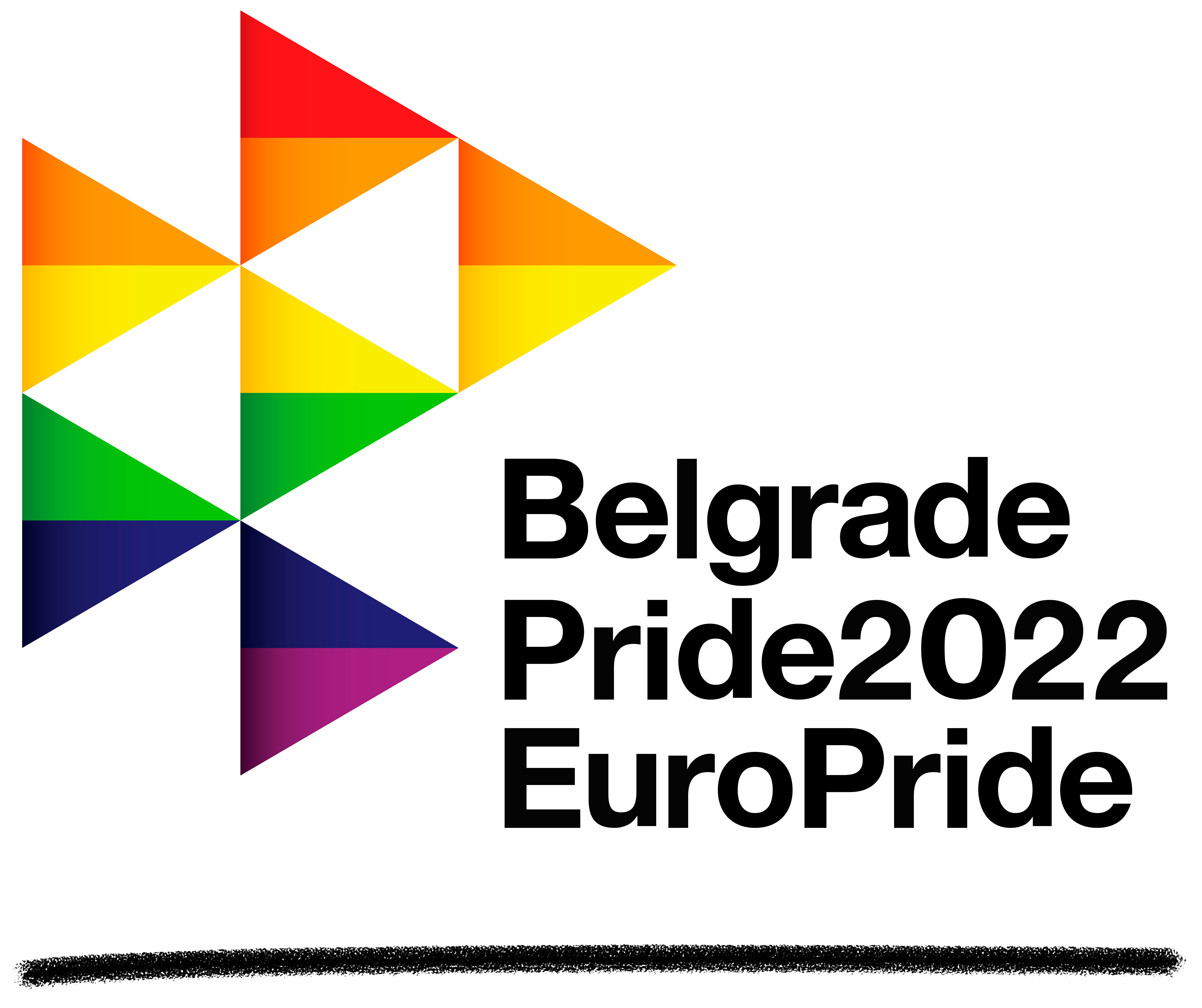About Belgrade

The host of EuroPride 2022 is Belgrade.
Belgrade is the capital of Serbia and is the country's largest city, with a population of about 1.7 million people. Belgrade sits at the confluence of two major European rivers, the Sava and Danube. The city has a long history, and is today a modern, vibrant and diverse place.
Traces of Belgrade’s rich past can be found across the city; from the landmark 6th century Kalemegdan fortress to the cobblestoned Skadarlija Street, and the posh 19th century decadence of Dorćol, which often reminds visitors of Paris’ Montmartre, interspersed with timelessly traditional Balkan houses. One can cross the Sava River by foot over ‘Branko’s Bridge’ (Brankov most) for a memorable panoramic view, and end up in a new world of wide avenues, shopping malls, extensive parklands and riverside walks in New Belgrade.
Belgrade is a blend of elegant traditional and unique brutalist architecture reminiscent of Vienna, Berlin, Paris, Moscow and Bucharest, with glimpses of 19th century Istanbul.
What to see
Belgrade city centre is not very big. Everything between Kalemegdan, Knez Mihajlova street and Skadarska street is best seen by foot. Note that many of Belgrade's museums are closed on Mondays (It is wise to check before making a visit on a Monday).
Kalemegdan (Belgrade Fortress)
Once an important military fortification, Kalemegdan is now the central park of Belgrade. Accessible from the end of Knez Mihailova street, it offers beautiful views, especially at sunset. Walk the fortress walls, enjoy the cafes, people watch at the tennis and basketball courts, and check out the museums and observatory. Don't forget to take in the view of the confluence of the Sava and Danube rivers, and the statue of the Pobednik (Winner), one of the symbols of Belgrade.
Knez Mihailova Street
The main pedestrian street in Belgrade. Crowded during the day and night. Mostly shopping, with numerous cafes.
Republic Square (Trg republike)
The main meeting point in the city. Locals often agree to meet kod konja - "by the horse", right next to the statue of Mihailo Obrenovic (riding a horse). The National Theatre, National Museum and Knez Mihailova Street sit off the square. Best place to arrange a meeting.
Skadarlija (Skadarska street)
A pedestrian street filled with restaurants and cafes, most in the spirit of old Belgrade. Live bands playing old Belgrade music can be heard here in the evenings. The street is paved with cobblestones, so high heels are not advised. The buildings at the lower end of the street have been painted with impressive 'trompe-l'oeil' paintings to add to the atmosphere.
Kralja Milana street
The street connects Kalemegdan (Belgrade Fortress), Knez Mihailova street and Republic Square (Trg republike) with Slavija Square and the Temple of Saint Sava, which dominates the view as you walk towards it. Notice the Terazije Fountain, Hotel Moskva (former Palace of Russia), the Old Royal Palace followed by the New Palace, and the Jugoslovensko Dramsko Pozorište (Yugoslav Drama Theatre), as you wander down the street.
Gardos
Gardos is an urban neighbourhood located in Belgrade's municipality of Zemun. The Gardos hill, located near the river Danube, is a historical and authentic cultural environment with narrow streets, houses and historic churches. The Millennium Tower, built in 1896, is located at the top of the hill, with a gallery and a beautiful view of the river,and Belgrade. There are a lot of restaurants with local food, seafood restaurants and floating (splav) restaurants in Gardos and by/on the river.
Nightlife
In recent years, Belgrade has become renowned for its truly epic nightlife, with diverse clubs and bars lining the streets. Unique to Belgrade are the many party boats, or splavs, moored along the river. The music ranges from domestic Serbian to international DJs and they cater to a multitude of musical tastes. As with so many capitals across Europe, Serbia’s electronic scene has been an important gateway for acceptance and tolerance towards LGBT+ people. Born out of resistance to the nationalist discourse of the 1990s, the music scene has surged into the mainstream and today boasts two globally famed festivals, Exit and Love Fest. In the summer and particularly around Pride week, the city truly never sleeps.
Money
The official currency of Serbia is the Serbian Dinar (RSD). It is possible to exchange money at one of the many exchange offices around the city (in Serbian: menjačnica). The exchange rate is approximately 188 RSD for 1 EUR.
Credit cards are accepted at most hotels and shops, and nearly all ATMs accept international bank cards. However, note that in places such as kiosks, bakeries and some small shops you might not be able to pay with a card (especially outside of the city centre), so it is recommended to ask in such places in advance if they accept cards.





